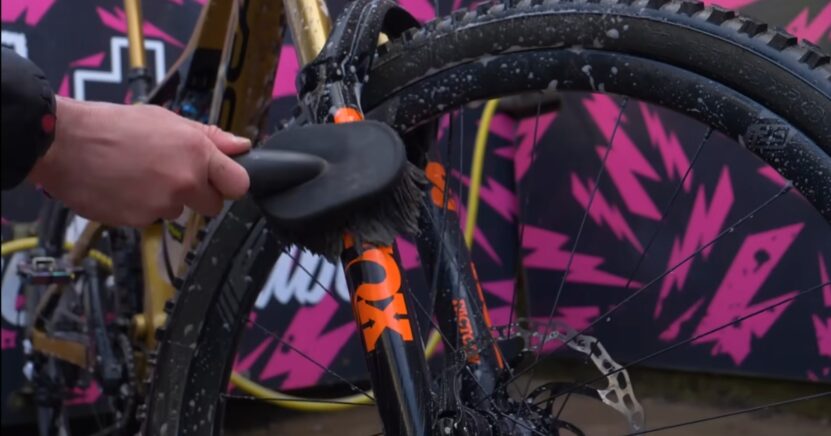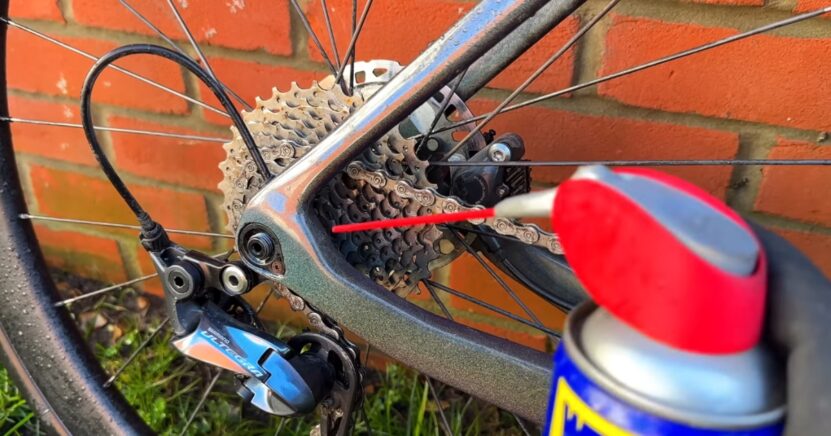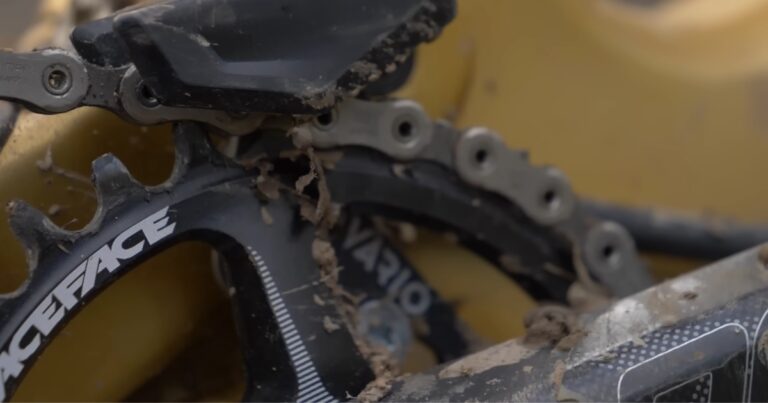Mountain biking is a recreational activity that has grown very popular over the years. Many people enjoy riding their bikes off-road on natural trails, while others ride their mountain bikes in dirt parks. Either way, the thrill of this activity makes for a fun and exciting exercise. Mountain biking is also a great way to spend time with friends or to bring family members along for a fun outing.
The sport can provide great physical benefits, too. Mountain biking is comparable to other forms of aerobic activities such as running, but it does a better job of building muscular strength.
Mountain bikers who race may have to ride for many consecutive hours, which can result in substantial endurance. Some competitive mountain bikers even have to push themselves during races until their muscles give out, which can take up to four hours.
Mountain biking can be a dangerous sport, but with the proper gear, many people can avoid injury. Helmets and pads for knees and elbows should always be worn during a ride. Other protective gear, such as gloves and reinforced clothing, may also be worn to reduce the risk of harm.
Mountain biking is a very physically intensive sport, so you should fully understand how to care for your bicycle. With good maintenance habits, you will have a bike that performs at its best and lasts a long time. When you know how often to clean your mountain bike, you’ll be able to recognize any problems before they become serious.
How Often To Clean Mountain Bike

Riding a mountain bike in the woods is great fun. There’s nothing quite like flying fast down a hill with leaves and twigs whipping past your face. However, there is one drawback: mud and general dirt that your bike gets covered in when riding off-road.
If you want your bike to keep looking nice and not get damaged, here’s what you should know about how often to clean a mountain bike. Every time after riding, it is advisable to give your mountain bike a quick clean. This means getting the worst of the dirt and mud off; especially from any moving parts, such as the gears and brakes.
If you have a full-suspension mountain bike, these can quickly start to corrode if they get too clogged up with mud, and that’s not good for them.
Clean your mountain bike after every ride, even if it’s just a quick trip around the block. Rinse off all dirt and mud from the outside of your bike with water and then use a wet rag to wipe down any areas that are still dirty. Use an old toothbrush or some other brush to get in between the gears and derailleurs.
Clean up any grease or oil on your chain by using a degreaser like kerosene, turpentine, or gasoline (but be careful not to let these chemicals touch anything else on your bike). Put air in the bike tires before you start cleaning them so they’re easier to clean without getting too much dirt inside them.
Wipe down both sides of the frame with soap and water mixed – this will help remove oils from hands that might have been transferred onto them when touching greasy parts of the bike during maintenance.
Should You Wash Your Mountain Bike After Every Ride?
No, you should not wash your bike after every ride. If you want to save time, it’s fine to do a quick rinse of the chain and tires before hitting the trail again. Cleaning your bike is important because dirt can get into all sorts of places like gears and brakes which will affect performance. The more often you clean your bike, the less maintenance it needs in general.
Wash off any mud or sand with water before giving it a good scrubbing so that you don’t scratch up your paint job or other parts on the frame. It’s best not to use soap as this may leave residue behind on the cables and brake pads.
When Should You Wash Your Mountain Bike?

- Wash your bike if it’s muddy or there is a lot of dirt build-up
- Clean the chain, derailleurs, and gears with a dry brush or compressed air
- Apply grease to all moving parts that are not sealed for smooth operation
- Wipe the frame down with a damp cloth to remove any remaining residue
- Use a water-based degreaser on carbon frames to avoid corrosion
- Store your bike in an area that is free of dust and debris – don’t leave it outside uncovered
- Take care of any rust spots with steel wool or sandpaper before they get worse
- Clean your chain and gears once a month with a brush and degreaser
Is Bike Cleaning Necessary?
Clean bikes may ride slightly faster and look better, but too much cleaning can do more harm than good. Look out for the following signs to know if you should clean your bike:
- Your brakes squeak loudly when you press on them.
- There’s a layer of wet sand on your tires and the rest of the bike is dry.
- Your water bottle is full of dirty water.
Can I Use WD40 On the Bike Chain?

Wd40 is not recommended for use on bike chains. You should use WD40 for other purposes like lubricating hinges, locks, and door hinges. Wd40 can also be used to remove gum from hair or carpeting.
The best way to clean a bike chain is by using water and dish soap. You can also replace the chain if it’s too dirty or broken. If you’re still having problems with your bike chain after following these steps, contact your local bicycle mechanic for help!
What’s The Best Way To Clean A Bike?
The best way to clean it is with a pressure washer. Hot water and soap combined with enough pressure to remove dirt can be found at your local car wash. This is the best way to clean it because you can get in there and remove dirt, grime, oil, and anything that may be on there.
First, soak your bike with water and dish soap. This will allow the soap to run down into any cracks or crevices that may be harder to get to. You can try some pressure washer soap if you have any concerns about the paint being damaged by dish soap, but even most pressure washers recommend using dish soap because it’s so gentle.
Next, rinse off the soap with a hose or pressure washer, and then wipe dry with a microfiber towel. If you want to go the extra mile, you can use a metal polish to take off all that leftover dirt and dust.
After that, I’d recommend using WD-40 to clean the chain and gears. WD-40 is safe on all metal parts, but you can also try using a degreaser or simple green if you’re concerned about the paint. If you want to use a degreaser, then make sure to wipe it off with a rag afterward and then wipe it down with some WD-40, but don’t let it sit.

